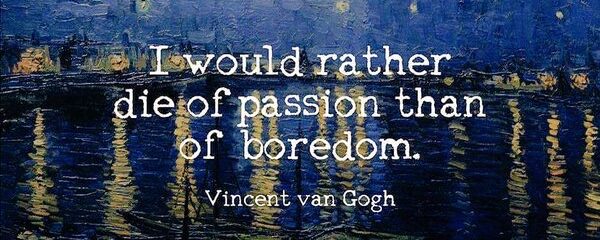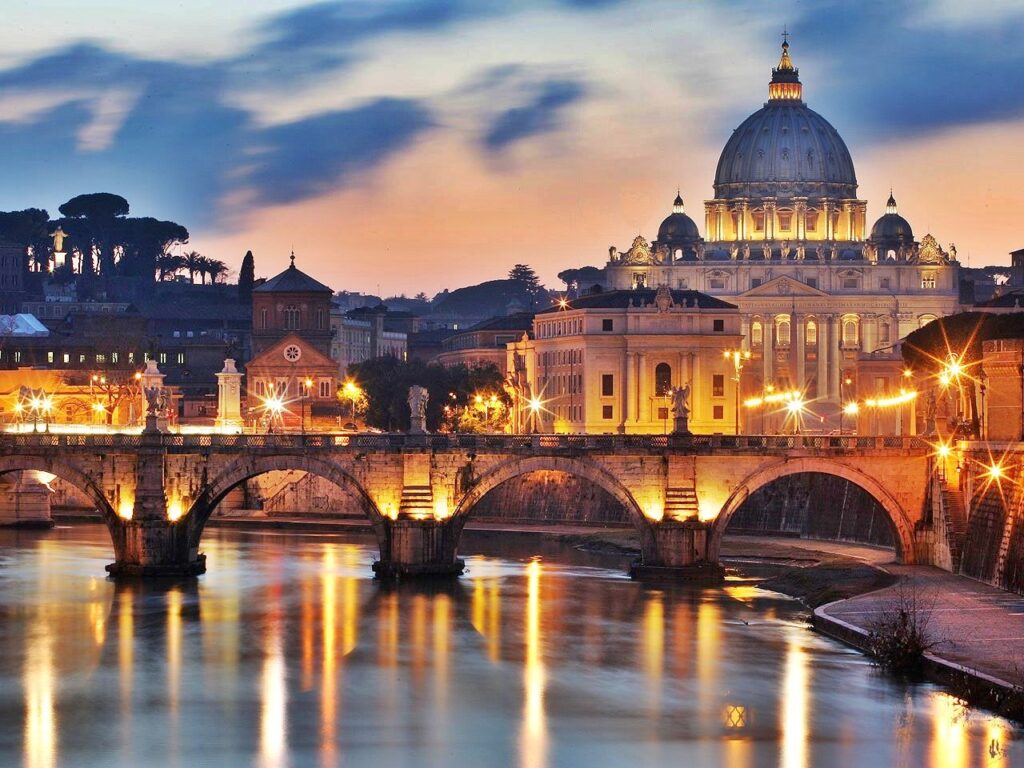
Photo by Google
No one is truly poor but except the one who lacks the truth
The family is the first essential cell of human society.
Violence and arms can never resolve the problems of men
Unhappy is the soul enslaved by the love of anything that is mortal
Vatican City officially the Vatican City State is the Holy See’s independent city state, an enclave within Rome, Italy. The Vatican City State, also known as The Vatican, became independent from Italy with the Lateran Treaty (1929), and it is a distinct territory under “full ownership, exclusive dominion, and sovereign authority and jurisdiction” of the Holy See, itself a sovereign entity of international law, which maintains the city state’s temporal, diplomatic, and spiritual independence. With an area of 49 hectares (121 acres) and a population of about 825, it is the smallest sovereign state in the world by both area and population. As governed by the Holy See, the Vatican City State is an ecclesiastical or sacerdotal-monarchical state (a type of theocracy) ruled by the pope who is the bishop of Rome and head of the Catholic Church. The highest state functionaries are all Catholic clergy of various national origins. After the Avignon Papacy (1309–1437), the popes have mainly resided at the Apostolic Palace within what is now Vatican City, although at times residing instead in the Quirinal Palace in Rome or elsewhere. Within the Vatican City are religious and cultural sites such as St. Peter’s Basilica, the Sistine Chapel, and the Vatican Museums. They feature some of the world’s most famous paintings and sculptures. The unique economy of Vatican City is supported financially by donations from the faithful, by the sale of postage stamps and souvenirs, fees for admission to museums, and sales of publications.

























